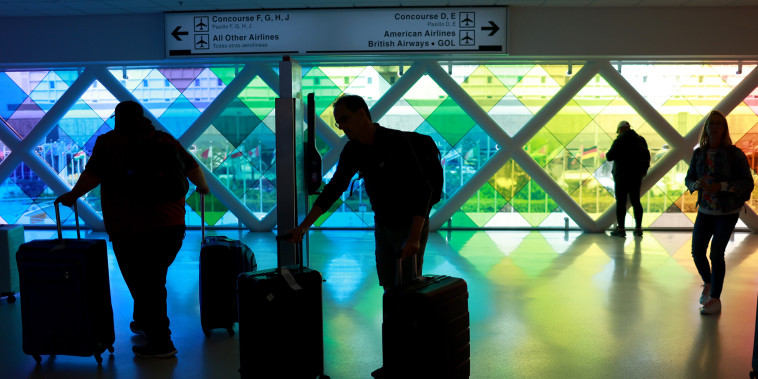Body:
As the global economy improves and personal wealth increases, particularly in developing nations, air travel demand continues to skyrocket. The International Air Travel Association (IATA) forecasts a surge in air passengers from 4.6 billion in 2019 to 8.2 billion by 2037. Certainly, the demand for air travel is reaching unprecedented heights. Yet, it’s a paradox that even amidst record-breaking demands, many airlines across the globe are not enjoying proportional profits. Several factors come into play to explain this contrasting economic scenario in the aviation industry.
The most significant aspect that mitigates airline profits despite increased demand is the fierce competition in the industry. With more players entering the field regularly, airline companies are forced to offer competitively priced tickets to retain their market share. This phenomenon inevitably tightens profit margins for these companies – even those that experience steady growth in the number of passengers.
Along with competition, rising fuel prices represent another significant dent in the profitability of airlines. Fuel costs account for a significant portion of every airline’s operating cost. When fuel prices surge, airlines are often reluctant to pass on the full brunt of these costs to consumers for fear of losing competitive advantage. Thus, increased fuel prices substantially squeeze airlines’ profit margins.
Moreover, labor costs in the aviation industry have been increasing considerably. As airlines experience a higher demand, they need to bolster their workforce as well. Recruitment, training, and salary expenses escalate, thereby diminishing profit margins. The implementation of various regulatory measures instituted by different countries also necessitates airlines to invest heavily in safety mechanisms, further impacting their profitability.
Additionally, airlines are bearing heavy infrastructural costs. As demand surges, airport congestion intensifies. Airlines are having to invest in larger aircraft or arrange additional flights, resulting in higher operational costs. They also contribute to the development and upgrade of airport facilities through various fees and charges. These investments, while meeting the growing demand, are already adding to their costs and straining profitability.
To compound these challenges, the global rise of low-cost carriers (LCCs) is influencing customer behavior and expectations. LCCs often operate on ultra-thin margins, emphasizing operational efficiency and ancillary revenue, such as baggage fees, to compensate. Though LCCs have significantly expanded the air travel market, they exert a downward pressure on the fares and overall profitability of the sector.
Lastly, external factors like unpredictable weather patterns and geopolitical tensions such as trade wars also have direct implications on airlines’ bottom line. For instance, disruptions caused by extreme weather conditions can lead to flight cancellations, which then result in dramatic economic losses for airlines. Political instability or fluctuations in international relations can negatively affect air travel demand, particularly in the concerned regions, causing potential dips in airlines’ revenue.
In conclusion, while it may seem counterintuitive that the surge in air travel demand doesn’t translate into higher profits for airlines, this anomaly, an interplay of competition, rising costs, low-cost carriers, and external challenges, is the harsh reality airlines grapple with. The future profitability of the air travel industry will rest on the ability of airlines to adapt and innovate in response to these ongoing challenges.




